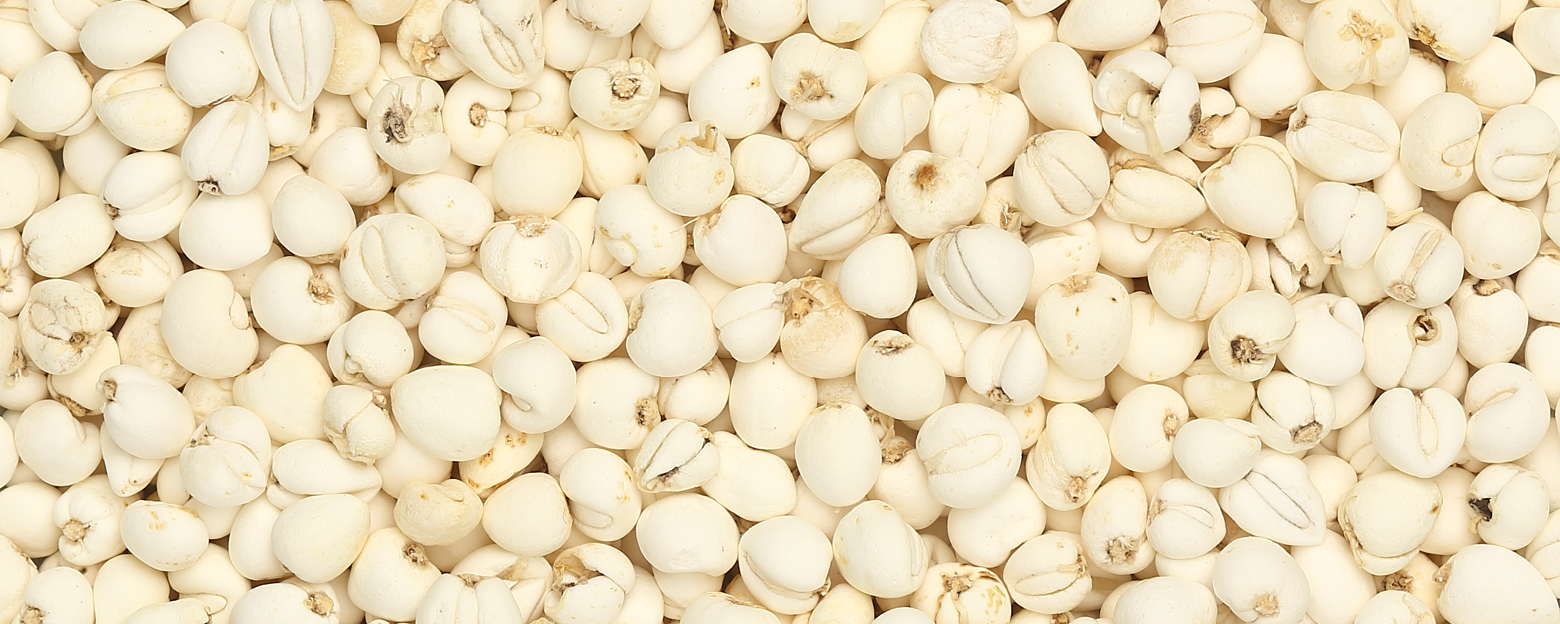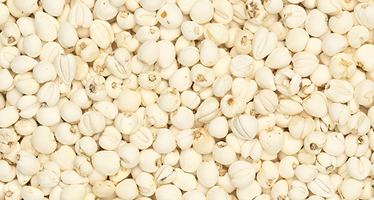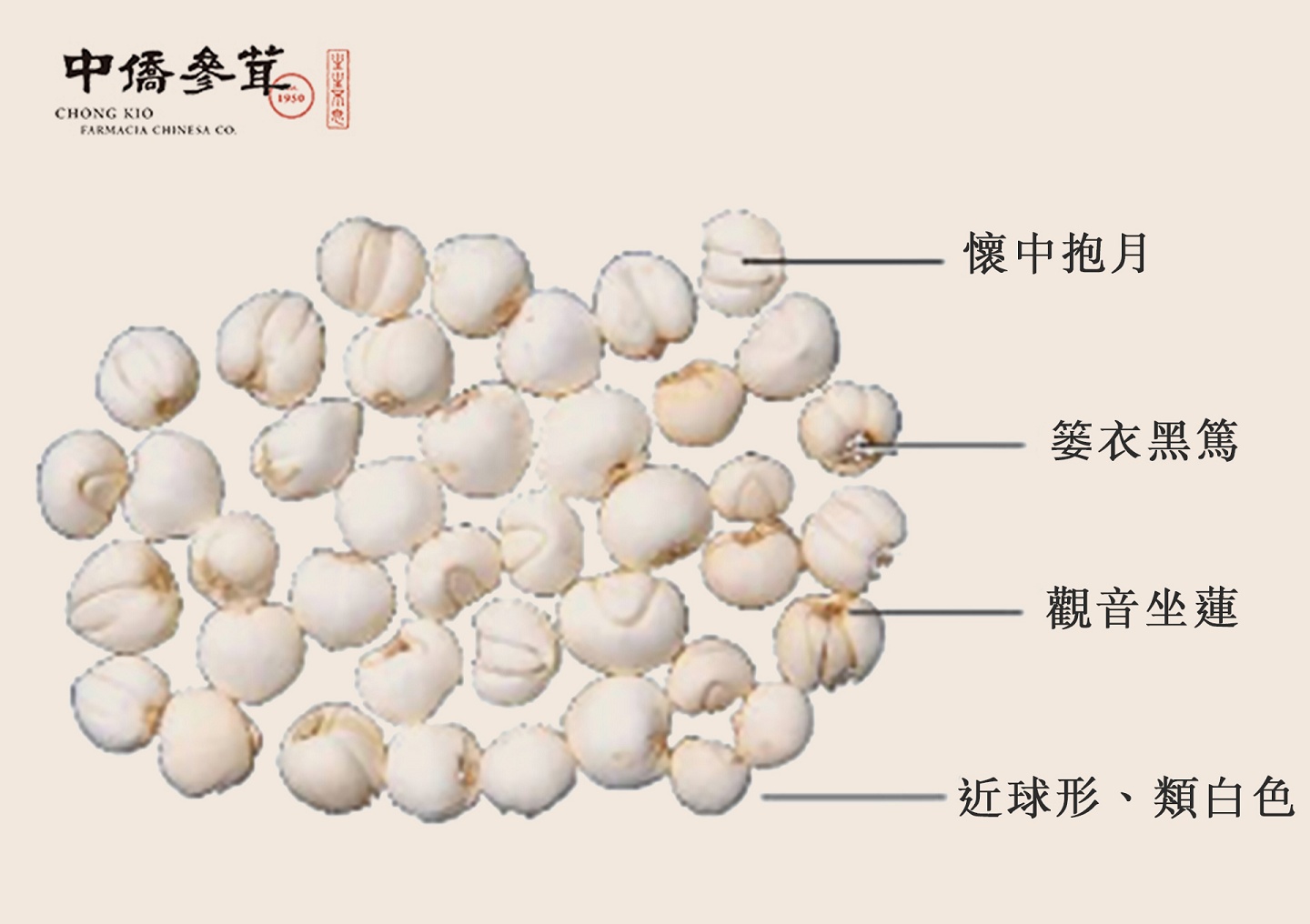
Tendrilleaf Fritillary Bulb is the dried rhizome of several lily plants, including Fritillaria cirrhosa, Fritillaria unibracteata, Fritillaria przewalskii, and Fritillaria delavayi. It is a traditional Chinese medicinal herb renowned for its lung-moistening and cough-suppressing properties. The use of Beimu as a medicinal herb dates back to the Shennong's Classic of Herbal Medicine and is classified as a medium-grade herb. Among the varieties of Bei Mu, 'Embracing the moon (懷中抱月)’ is considered the highest quality, referring to the two outer scale leaves of greatly disparate sizes that are seen in song bei. The larger scale leaf embraces the smaller one, leaving a section with the shape of a crescent moon.

Cool

Heart

Lungs

Sweet
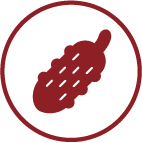
Bitter
Tendrilleaf Fritillary Bulb is known for its cough-suppressing effects, anti-ulcer properties, and potential to lower blood pressure.
| . | Cough-suppressing Effects The bioactive alkaloids present in Tendrilleaf Fritillary Bulb can help alleviate stress responses in the bronchial tubes, providing cough-suppressing effects. It can be beneficial in reducing dry cough caused by lung heat in children.
|
| . | Anti-ulcer Effects Research has found that Tendrilleaf Fritillary Bulb effectively inhibits ulcer symptoms caused by factors such as Helicobacter pylori infection, stress, inflammation, and pain. It exhibits anti-ulcer effects in these conditions.
|
| . | Lower Blood Pressure Tendrilleaf Fritillary Bulb can cause peripheral blood vessel dilation, thereby reducing blood flow velocity and alleviating pressure on the heart. This effect helps to lower blood pressure.
|
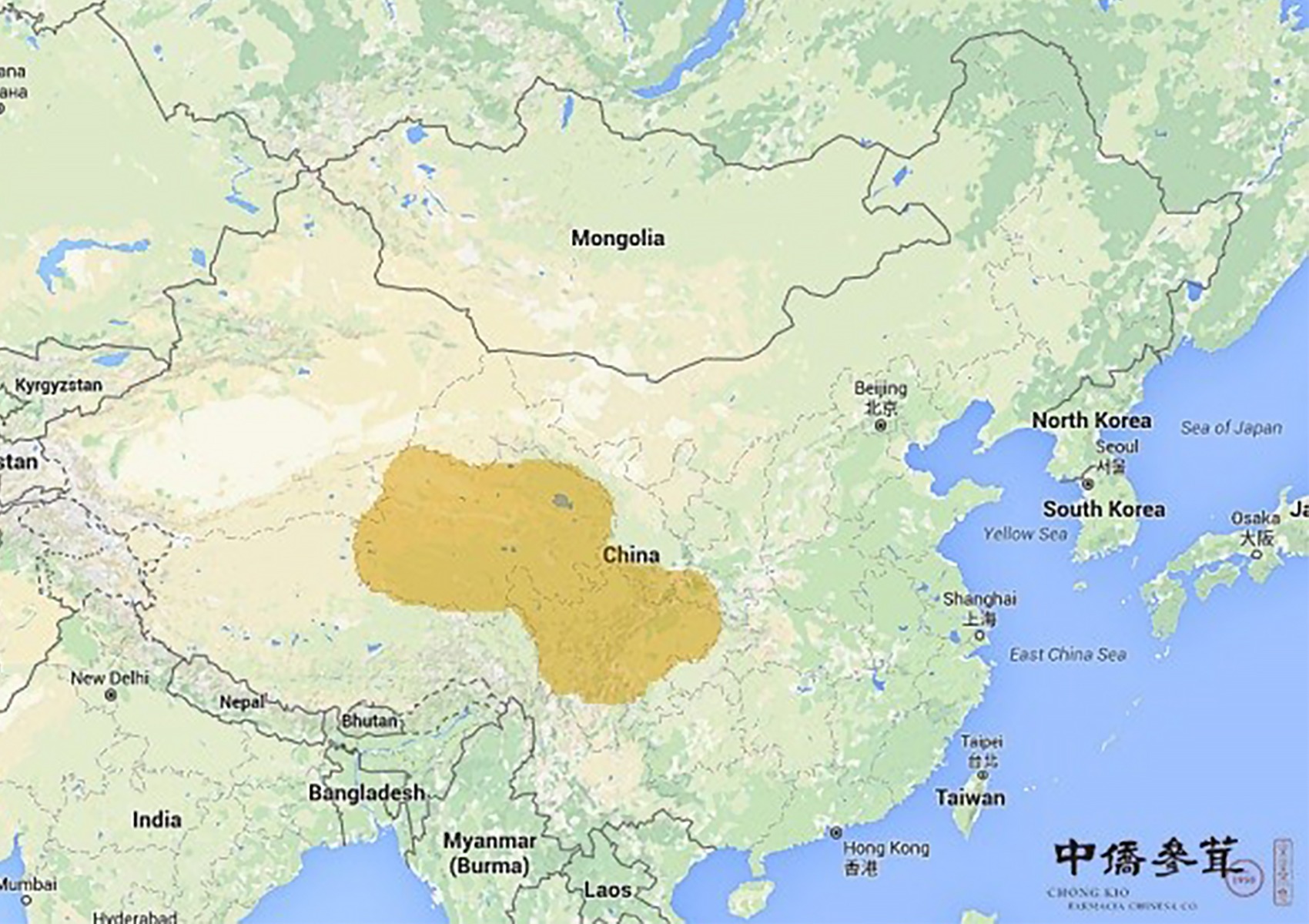
Tendrilleaf Fritillary Bulb is mainly produced in regions such as Tibet, Sichuan, and Qinghai in China. It is also found in Gansu, Ningxia, Shaanxi, and Shanxi provinces. Additionally, Chuan Bei can be found in Nepal.
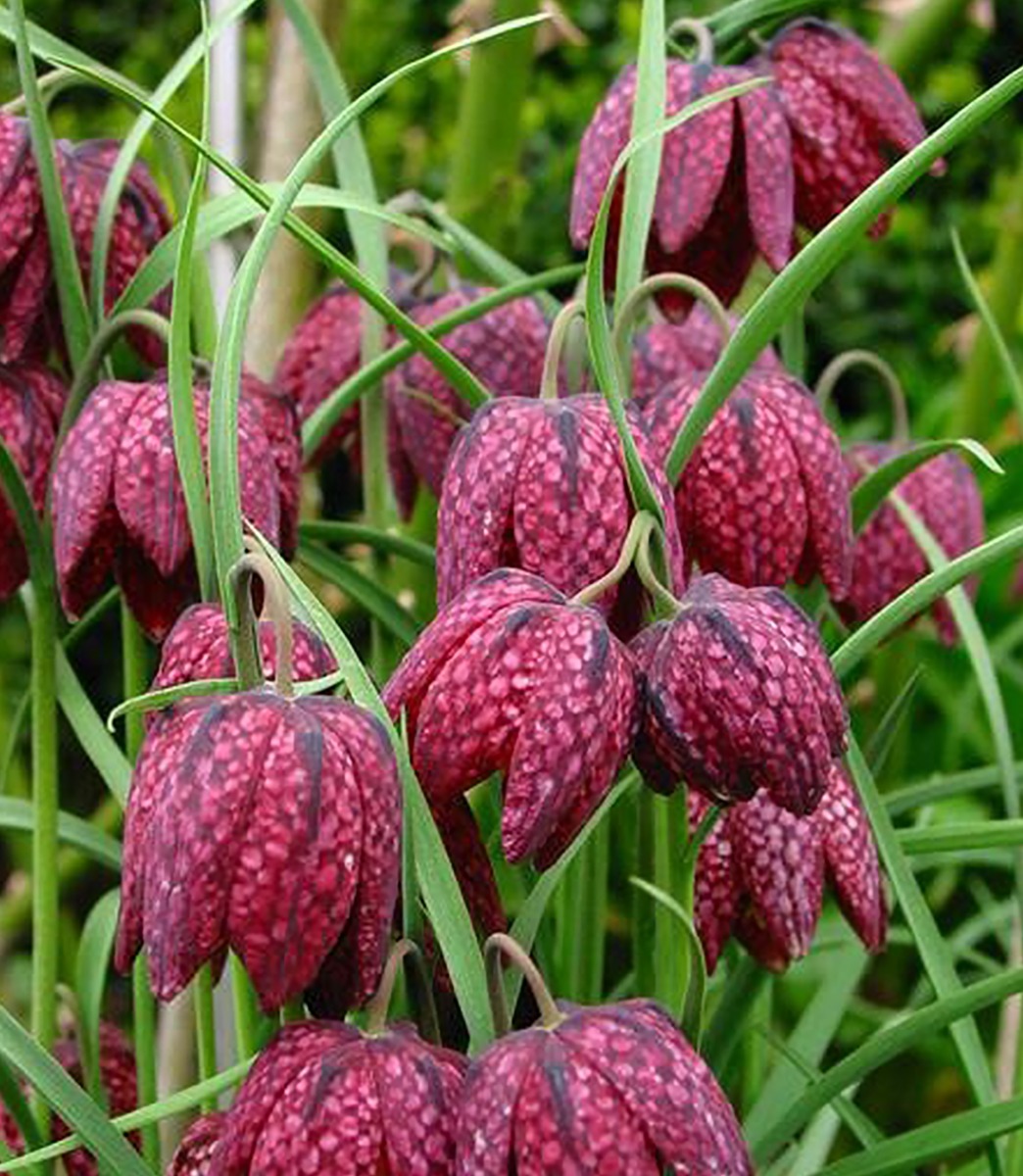 The Tendrilleaf Fritillary Bulb thrives in cool and temperate climatic conditions. It is characterized by its cold resistance, affinity for humidity, intolerance to excessive moisture, and preference for shaded environments. When temperatures reach 30℃ or soil temperatures exceed 25℃, the plants are prone to wilting and cannot thrive in low-altitude regions with high temperatures. Typically, the Tendrilleaf Fritillary Bulb is found in damp habitats such as forests, beneath shrubs, grasslands, along riverbanks, within valleys, and nestled in rocky crevices.
The Tendrilleaf Fritillary Bulb thrives in cool and temperate climatic conditions. It is characterized by its cold resistance, affinity for humidity, intolerance to excessive moisture, and preference for shaded environments. When temperatures reach 30℃ or soil temperatures exceed 25℃, the plants are prone to wilting and cannot thrive in low-altitude regions with high temperatures. Typically, the Tendrilleaf Fritillary Bulb is found in damp habitats such as forests, beneath shrubs, grasslands, along riverbanks, within valleys, and nestled in rocky crevices.
The harvesting season for Tendrilleaf Fritillary Bulb varies depending on the region. In the northwest region, it is often collected after the snow has melted. In the Qinghai area, harvesting typically occurs in July. In Sichuan, Yunnan, and Gansu, harvesting is usually undertaken around May. Following extraction, the Tendrilleaf Fritillary Bulb is washed, and the outer skin is removed by rubbing with alum water. Some methods involve soaking it in a saltwater solution before sun-drying, or subjecting it to charcoal roasting until fully dried. Additionally, it may undergo sulfur fumigation before the final process of sun-drying.
